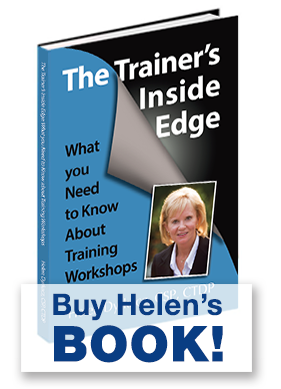Driver's Safety 101
I decided to attend a driver’s safety presentation. Not because I am a poor driver, but because it was many years since I had taken a driver training program – plus it was FREE! I had heard that there were some changes in the driving world and I figured it was time for a refresher. By the way, I had a perfectly clear license, until the lawn motor was parked in MY CAR’s parking spot … let’s not go there …
I found the following facts to be of interest and will benefit my driving habits, perhaps yours as well.
- Always look ahead for the big picture.
- Practice thinking, “What if ...” This planning will keep your attention and prepare us for last minute surprises. For example, look for feet under cars, large snow banks for creeping vehicles, small children near the road.
- When making a left run – keep the wheels straight. If you turn left and are hit on the backside, your vehicle will be pushed into the oncoming traffic.
- If you are driving and make a change of direction, which results in a mishap, your vehicle will be your fault. Yes, this is a “Manitoba rule.” So if I decide to make a left turn and the driver behind me is following too close, and rear ends me – it will be my fault. (Not sure about this one, Manitoba Public Insurance…)
- When making a left turn, there should only be one vehicle in the intersection at a time.
- When planning to make a left turn, check the mirror to ensure that the vehicle behind you is slowing down. If they are still coming full speed, it might be a good idea to continue ahead for a block or two so they regain their attention.
- When making a change lane, practice MMSS – Check mirror, check the second mirror, signal and shoulder check
- Allow plenty of space in front of you, depending on road conditions. Look for “a way out” if something happens. Aim for the soft spot.
- When two vehicles roll up at the same time at an uncontrolled intersection, the vehicle on the right goes first. Check to see if the wheels are rolling of other vehicles, to confirm that they are moving.
- Don’t stop for the chipmunk in front of you. It is very sad, but the vehicle behind you will not know why you are slowing down and it could result in a collision.
- Only make right turn signals when using a turnabout or calming circle.
- Did you know that a potential Driving Instructor needs to give up their license, do a written test and then a road test before they can get their license back? In one case, a potential Instructor’s wife drove him to work for a month!
- At a crosswalk, wait for the pedestrian to touch the opposite curb before proceeding.
- Carry paper towels in the vehicle to clean headlights during a messy day.
- During a rainstorm or snowstorm, put on 4-way flashers if you are pulling off to the side or proceeding very slowly.
- Semi-trailers cannot see 6m in front and 60 meters behind them. If you can’t see their mirror, then cannot see you.
- Sipping on coffee or water on the drive home from the gym can cost you a ticket, as it is considered distracted driving.
- School bases have cameras. If you don't stop when their lights are flashing, you will get caught.
- At a light stop, stop so you can still see the car’s tires in front of you. If you get rear ended and hit the vehicle in front, you will be charged for following too close.
- When driving, hands should be at the 10 and 2 position on the wheel. While waiting for a traffic light, lower the hands to 9 and 6 or 8 and 5. If you get hit from behind and pushed into the vehicle in front, the airbag will be deployed and you may end up with broken wrists.
- The parking pass around the front mirror can be a missile during an accident. People can get injured from articles stored above the back seat.
- Look at the mirror every 5 to 8 seconds – seems a bit much, but you must be totally aware of what is happening around you.
- Always look ahead and plan.
- Never drive with the cruise on during a rain or snow storm, as the vehicle could hydroplane or come across an icy patch.
By driving defensively you could prevent an issue and keep yourself and the other drivers safe, healthy and happy.
Happy Driving!





